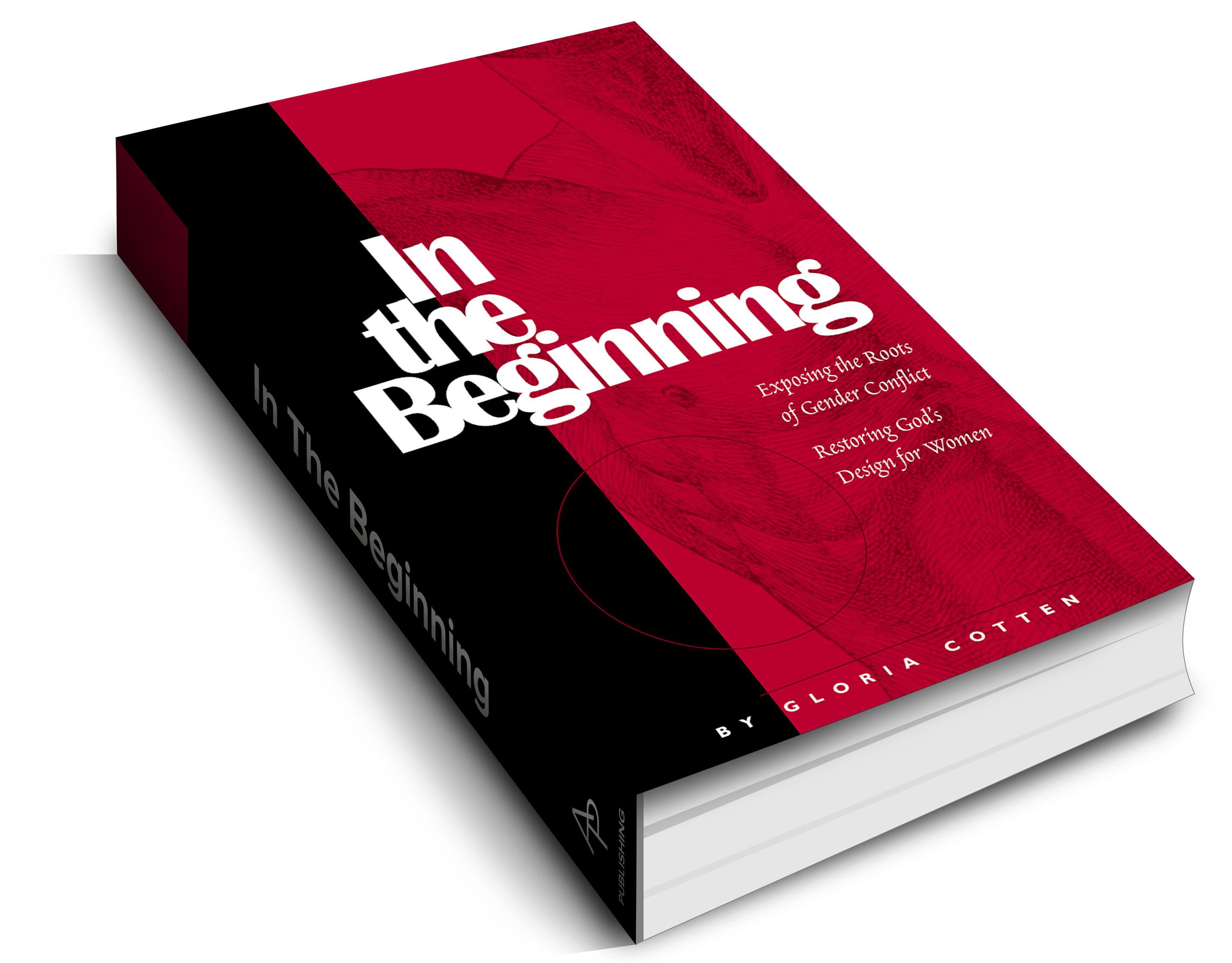Are you an author in search of a way to make your book stand out in a crowded market? Look no further than the power of a well-designed book cover. As a book cover designer, I understand the importance of creating visually striking and attention-grabbing covers that communicate the concept of the story and generate excitement within readers. In this article, I'll break down the book cover design process into simple steps and answer some of your most important questions.
The Power of a Well-Designed Book Cover
It's a proven fact that books with well-designed cover graphics sell more than those without. A book cover is the best tool for marketing your book, as it talks to the reader and convinces them to pick it up and have a look inside. By investing in a professional book cover designer, you increase the chances of your book being noticed and bought by potential readers.
Weaving AI Technology and Human Creativity
At CreativeParamita, we expertly weave AI technology into our book cover design process, guided by the U.S. Copyright Office's regulations regarding AI-created art. However, we ensure a human touch is always present, enabling your cover to meet copyright standards. Our approach marries technological innovation with human creativity to produce unique, copyrightable works of art for your books.
Premade Book Covers
All our premade book covers come as ebook cover designs as standard, but you can purchase the print version if you plan to release a physical book. After your purchase is complete, I'll send you an email asking for the details of your book title, subtitle, and author name. Once I receive these details, I'll implement them into the design and send you the upload-ready ebook cover in different sizes for different platforms, such as Amazon, Smashwords, and B&N.
Custom Book Cover Design
If you require a custom book cover design, I'll ask for a brief synopsis of your book so I can have a good feeling of what the book is all about before accepting your order. I'll also be asking for your plans going forward, such as if you are only planning to publish in ebook format or if there is a plan to expand into print media as well. Additionally, I would ask for minute details, such as character descriptions, plot, genre, and preferred colors. If the plan is to extend to print media as well, I would need a few other technical details such as book size, page count, paper quality, and who the printing partner will be (KDP, IngramSpark, or other printers). However, these details are not immediately required and can be adjusted later if you don't have them right away.
Writing an Engaging and Informative Article
Now that you know the importance of book cover design, let's dive into writing an engaging and informative article that resonates with readers. Here are some tips to keep in mind:
- Use storytelling and narrative techniques to create a compelling and relatable story that conveys your main points.
- Employ vivid and evocative language to paint a mental picture for the reader and immerse them in the topic.
- Use comparisons and figurative language to simplify complex ideas and make them more relatable.
- Use words and phrases that link ideas and guide the reader smoothly from one point to the next.
- Use active voice whenever possible in order to make your writing more dynamic and engaging.
Organize Your Content with Relevant Headings
Organizing your content with relevant headings is key to making it easy to follow. Use H1, H2, and H3 tags to guide the reader through the content and make it easy to follow. Here's an example of how you could structure an article on book cover design:
- Introduction
- The Power of a Well-Designed Book Cover
- Weaving AI Technology and Human Creativity
- Premade Book Covers
- Custom Book Cover Design
- Writing an Engaging and Informative Article
- Organize Your Content with Relevant Headings
- The Importance of Research and Data
- Using Quotes and Insights from Experts
- Incorporating Real-Life Examples
- Addressing Potential Counterarguments
- Conclusion
Use Research and Data to Support Your Claims
Using research and data to support your claims is essential to creating a well-rounded and informative article. Present findings from studies and experiments to substantiate the main points being made. For example, you could cite studies that show the impact of a well-designed book cover on book sales.
Incorporate Quotes and Insights from Experts
Incorporating quotes and insights from experts lends credibility to the discussion. Reach out to book cover design experts or authors who have had success with their book covers and ask for their thoughts on the subject. Include their insights in your article to provide additional context and value to your readers.
Address Potential Counterarguments
Addressing potential counterarguments or alternative perspectives is important to acknowledge the limitations or nuances of the main argument. Consider the potential objections readers might have to your argument and address them head-on. This will help you to create a more well-rounded and persuasive article.
End with a Thought-Provoking Conclusion
Ending with a thought-provoking or forward-looking conclusion invites the reader to consider the implications of the research or potential solutions to the problems discussed. Sum up the main points of your article and leave the reader with something to think about or an action to take.
In conclusion, book cover design is a critical component of marketing your book. By investing in a professional book cover designer, you increase the chances of your book being noticed and bought by potential readers. When writing an article on the subject, use storytelling and narrative techniques, organize your content with relevant headings, and use research and data to support your claims. By following these tips, you'll create an engaging and informative article that resonates with readers.
